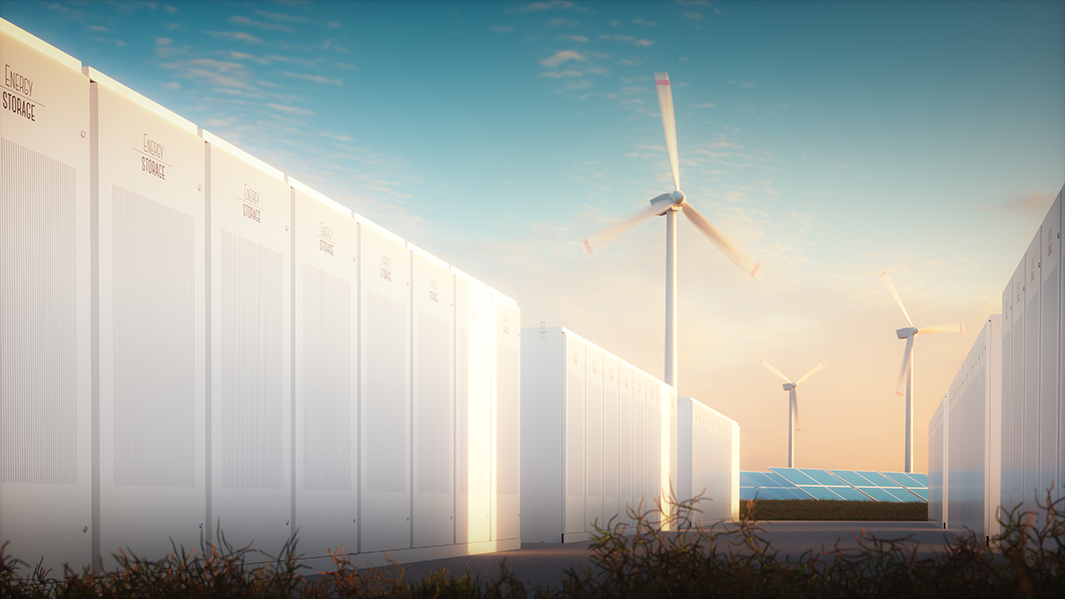A power storage system used in offices, factories and other applications as well as at home. Introducing Panasonic relays that support the stabilization of renewable energy output and high charge / discharge efficiency.

Recommended Materials
|
|
Title | Language | File size | Update |
|---|---|---|---|---|
| エネルギーマネジメント向け商品のご提案 | JP | 5.0MB | June 11, 2024 | |
| Panasonic Industry Products for Energy Management | EN | 4.8MB | December 6, 2022 |